How to Save and Earn Money With Your Own Electricity?
 Sep 28,2022
Sep 28,2022

 Basen
Basen
Electricity is becoming a luxury good. The cost of energy is rising inexorably. Does it make sense to generate your own electricity and be independent of providers?

If you want to be as self-sufficient as possible from the major energy suppliers, you have various options for generating your own electricity. What are the advantages? What are the disadvantages? And what costs do you have to reckon with?
Three Ways to Generate Electricity Yourself
There are numerous ways to generate your own electricity. However, three variants are the most common – and the easiest to implement:
- Photovoltaic
- combined heat and power plant
- windmill
The Photovoltaic System
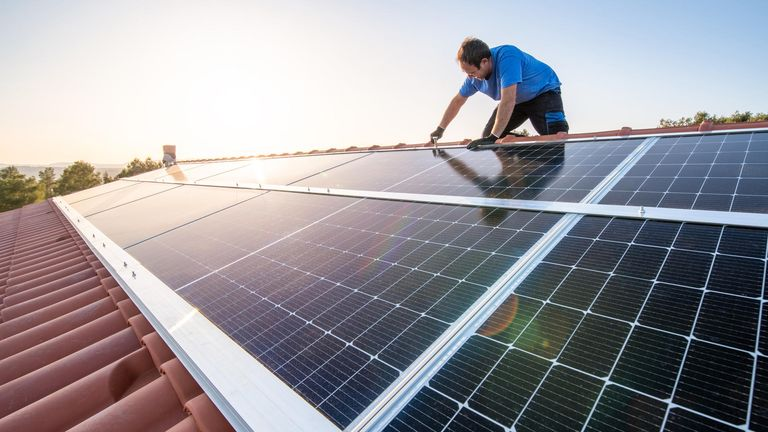
The best-known method of generating your own electricity is with the help of a solar system or photovoltaic system. For this purpose, the corresponding solar panels are mounted on the roof of the house, garage or carport. The statics of the building should be checked beforehand. Although the panels are relatively light, a check is still necessary. Thanks to the latest technology, the fact that the roof has to have a certain pitch – at that time still 30 degrees – is relevant.
A photovoltaic system is often only worthwhile if it has a sufficiently high output and the power consumption of the household to be supplied is not too high or if this can be covered by the electricity generated with solar energy.
- Costs
The costs for a photovoltaic system depend on the size or its output (kilowatt peak = kWp). The price per kWp is currently between 1,500 and 2,000 euros. Smaller systems, which have a kilowatt peak of four, generate around 4,000 kWh and cost between 6,000 and 9,000 euros. They are sufficient for a small household or people with a very low power consumption. In addition, the small systems can also supply the electricity for charging the e-car.
- Advantages
With a photovoltaic system, you are no longer dependent on energy suppliers. However, it is important that you can store the self-generated electricity long enough to bridge dark days or weeks.
Another advantage is that the panels can be mounted on the roof of your home, carport or garage. Even the balcony railing is suitable as a place for a few solar panels. Thus, a solar system is suitable for both homeowners and tenants.
- Disadvantages
If you obtain your electricity exclusively from the photovoltaic system, you are dependent on the sun. On rainy and cloudy days, as well as during the so-called dark season, the electricity generated and stored is not sufficient to supply the entire household with energy. Then you have to use electricity from the municipal energy supplier.
The solar panels should be aligned to the south in order to get as much sun as possible and thus be able to generate electricity. However, not all roofs face south. Furthermore, the area of the roof or the number of solar panels must be high enough. Otherwise too little energy will be generated for the household even with good and long sunshine.
Before installing the solar power system, you should have it checked to see whether your place of residence is suitable for it. This is possible through the consumer center.
- State Funding
The purchase and installation of a photovoltaic system is subsidized by the state. You can get funding from the Reconstruction Loan Corporation (KfW), for example. It is important that you have all the important documents together and apply for the government subsidy before you buy and install it. If this is approved, you can buy the system and have it installed by a specialist.
The chance that your application will be approved increases if you have an energy consultant look over your documents before submitting the forms. The consumer centers offer this service.
The Combined Heat and Power Plant
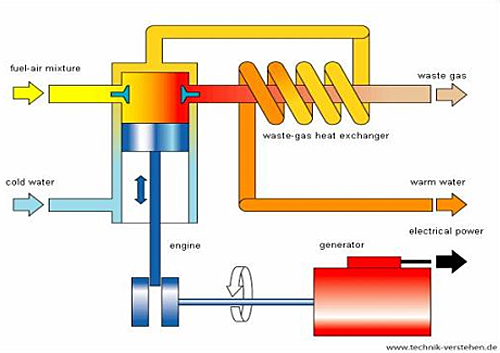
With a small combined heat and power plant (CHP) in the basement, homeowners can generate electricity and heat and thus cover their needs themselves.
The CHP is available in three different sizes:
- Nano : produces up to 2.5 kilowatts of electrical power and 10 kilowatts of thermal power.
- Micro : produces between 2.5 and 20 kilowatts of electrical power and between 10 and 40 kilowatts of thermal power.
- Mini : produces between 20 and 50 kilowatts of electrical power and over 50 kilowatts of thermal power.
Which size is the right one for private use depends primarily on the size of the home, the number of residents and the required electricity and heat requirements.
- Costs
The acquisition costs are 15,000 and 30,000 euros for the nano and micro versions. The mini variant is more likely to be used in apartment buildings. Added to this are the tradesman costs for installing and connecting the system.
Add to that the taxes you have to pay.
- Advantages
CHPs are mostly devices that generate heat (waste heat) and electricity at the same time - they are based on the combined heat and power principle. With this device, you can cover not only your electricity but also your heat requirements.
A device can convert almost all of this energy (95 percent) into heat and electricity.
- Disadvantages
The electricity and heat are generated by an Otto engine. This in turn is operated with either natural gas, liquid gas or oil – in exceptional cases even diesel. With your own combined heat and power plant, you are therefore still dependent on gas and oil prices. You can also operate your CHP with wood pellets or even coal. Modern devices even run on biomass – i.e. organic waste.
And: Only when you use your personal CHP for more than 5,500 hours a year is it worth buying.
- State Funding
The state subsidizes the construction or purchase of a combined heat and power plant in private homes. Interested parties can contact the Reconstruction Loan Corporation (KfW). The Federal Office of Economics and Export Control currently no longer offers a mini CHP subsidy.
In order to receive the grants from KfW, however, certain requirements must be met. For example, the application for funding must be submitted before the CHP is purchased and built. In addition, interested parties should have the completed forms checked by an expert before submitting their application. This increases the chance of approval.
Windmill
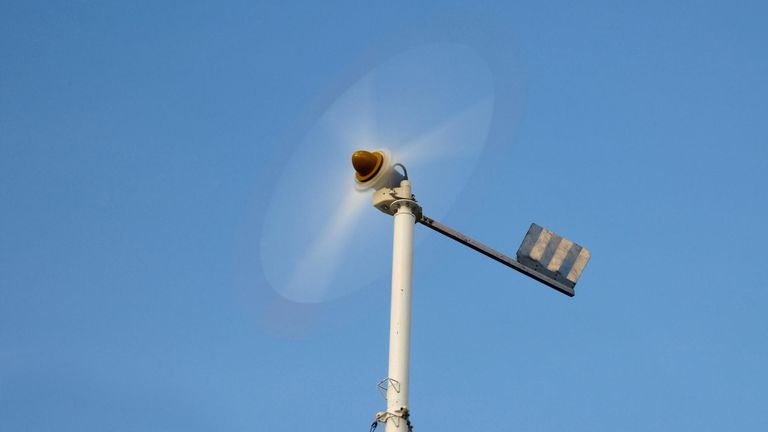
If you don't want a photovoltaic system or a combined heat and power plant on your property, you can also produce your own electricity with a wind turbine - up to 5,000 kWh per year. You can choose between vertical and horizontal wind turbines as well as rotor blades of different lengths and various assembly or installation options - all adapted to the conditions at the site.
A wind turbine is suitable for people who own a large property in a relatively windy area. A wind turbine should not be mounted on the roof due to possible noise interference. A mast is more suitable.
By the way: There is an energy atlas for every federal state that you can use to determine whether it is worth purchasing a wind turbine in your region.
- Info
A wind turbine can also be set up on a balcony or in a garden. However, you should discuss this with your neighbors or landlord. In addition, a wind turbine that is longer than ten meters requires a building permit. However, it is recommended to inform the building authority even for smaller models.
- Costs
Compared to a photovoltaic system, a wind power system is cheaper. So you have to reckon with costs between 1,000 and 1,500 euros per kWp. Experts advise private individuals who are serious about covering their electricity needs with a wind turbine to go for a larger model. These models are available from 25,000 euros - but relatively robust and not prone to errors.
In addition to the costs of purchase and installation, insurance must also be paid - building and liability insurance is often sufficient.
- Advantages
A mini wind turbine or small wind turbine generates clean electricity. Depending on the weather, owners are less dependent on their electricity provider.
- Disadvantages
Small systems that are intended to cover low power consumption and are operated as a kind of hobby are relatively error-prone and unsuitable for areas where it is often stormy. The smaller the system, the more uneconomical it is. The acquisition and maintenance costs significantly exceed the electricity costs that are saved as a result. Mini wind power plants are more robust, but also more expensive to buy.
As with solar systems, the power supply from a wind turbine is heavily dependent on the weather and is therefore relatively unreliable.
The location also plays an important role: an undeveloped area – preferably on the coast or on a hill – is ideal. However, not everyone has such a place in front of their door.
- State Funding
Grants from the KfW are also available for the purchase of a private wind turbine. Because, like the photovoltaic system, it falls under the heading "Renewable energy - subsidy credit for electricity and heat".
Earn Money With Your Own Electricity

The advantage of self-generated energy is not only the independence from electricity providers. The owner of the power generation plant can also feed his excess energy into the public power grid and receives a feed-in tariff for it. For systems with less than 10 kilowatt peak (kWp), this is an average of 6.63 cents per kilowatt hour (kWh) for solar power. CHP owners receive an average of 17 cents per kWh for the feed-in in the second quarter. For the electricity generated by a wind turbine, private operators receive around eight cents per kWh that they feed into the public power grid.
Don't Forget Storage
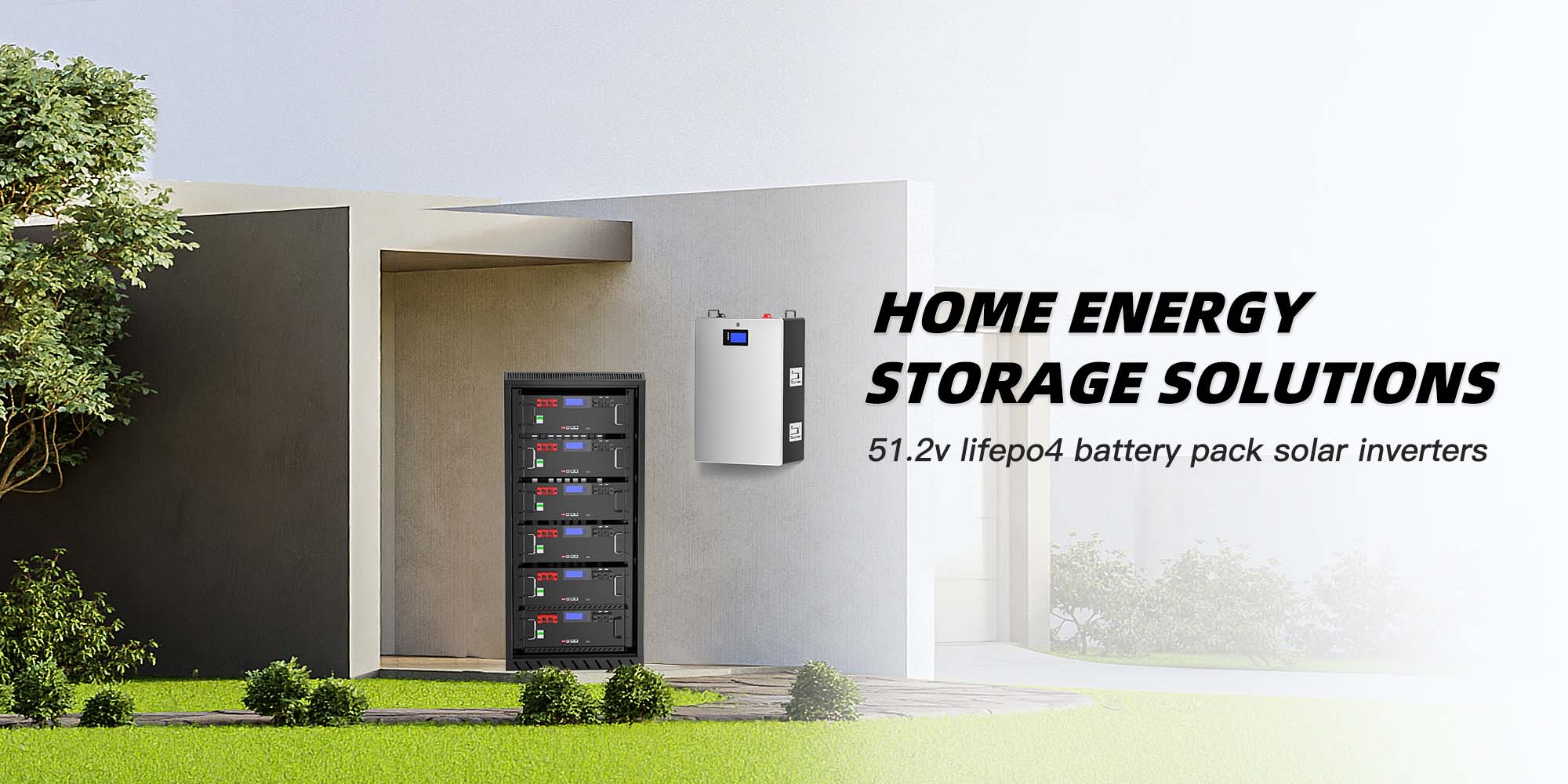
In view of the high electricity costs of over 30 cents per kWh, it makes more sense to use the electricity yourself or to store it in the long term. Certain storage systems are required for this – for example lithium-ion batteries.Basen 51.2V LiFePO4 Battery Pack can be one of the best choice for you. Big capacity, smart BMS, more than 6000 times cycle life, visible data, meet all your need for home energy storage.
Curious about making your home more energy efficient and less dependent on the power grid? Talk to a Basen solar and storage expert and get all your questions answered now.








 HOME
HOME How does BMS Boost the Battery life and Performance?
How does BMS Boost the Battery life and Performance? 


 You May Also Like
You May Also Like


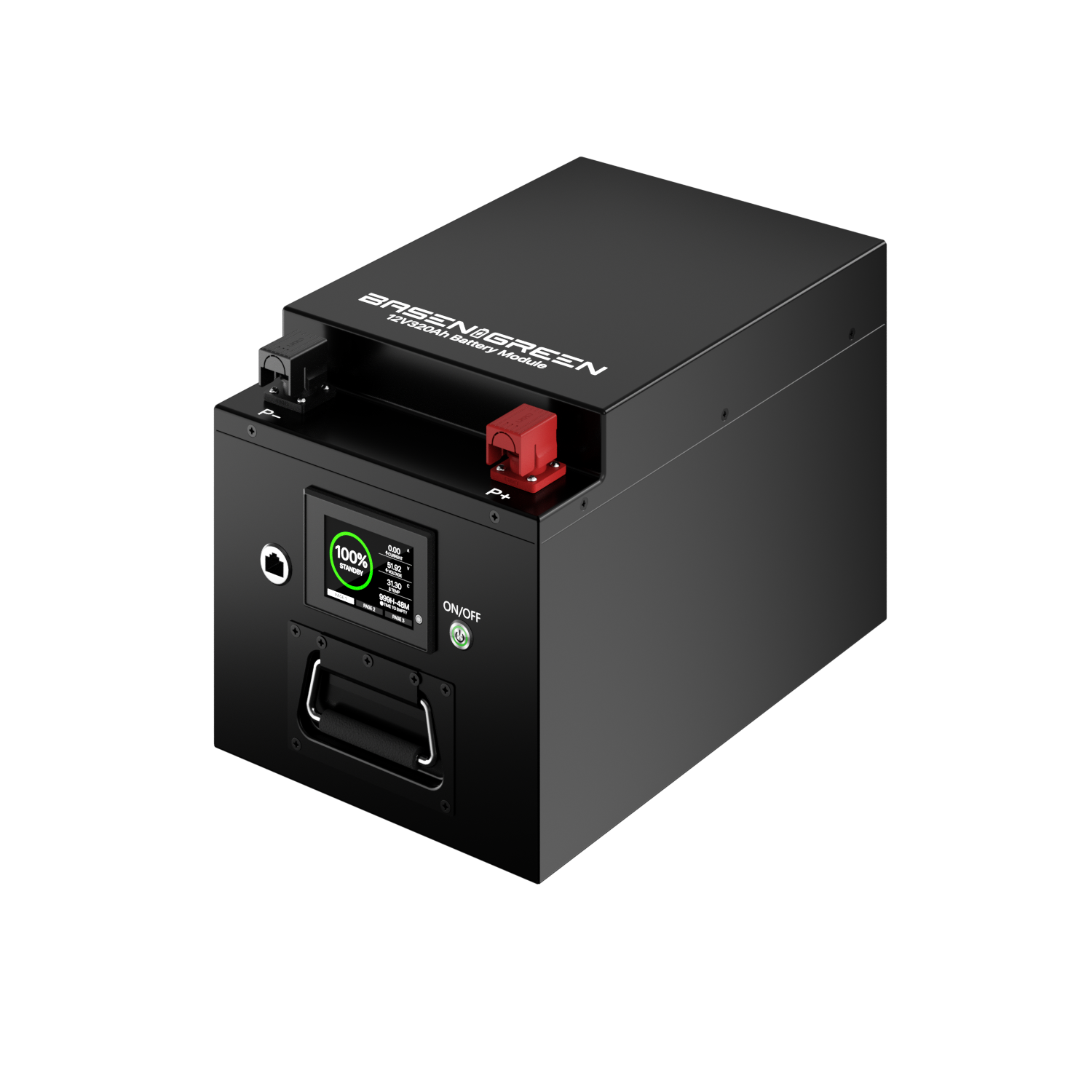
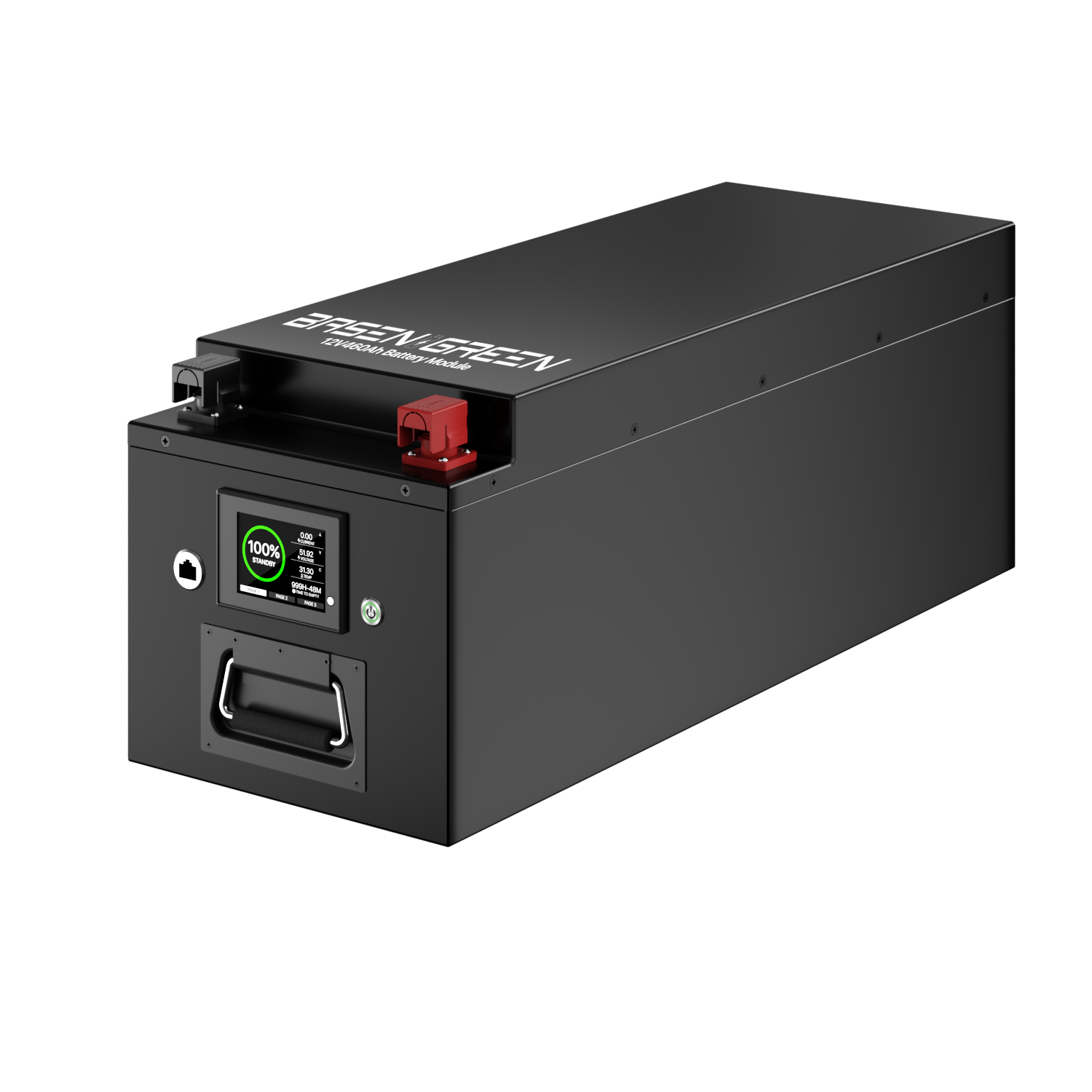
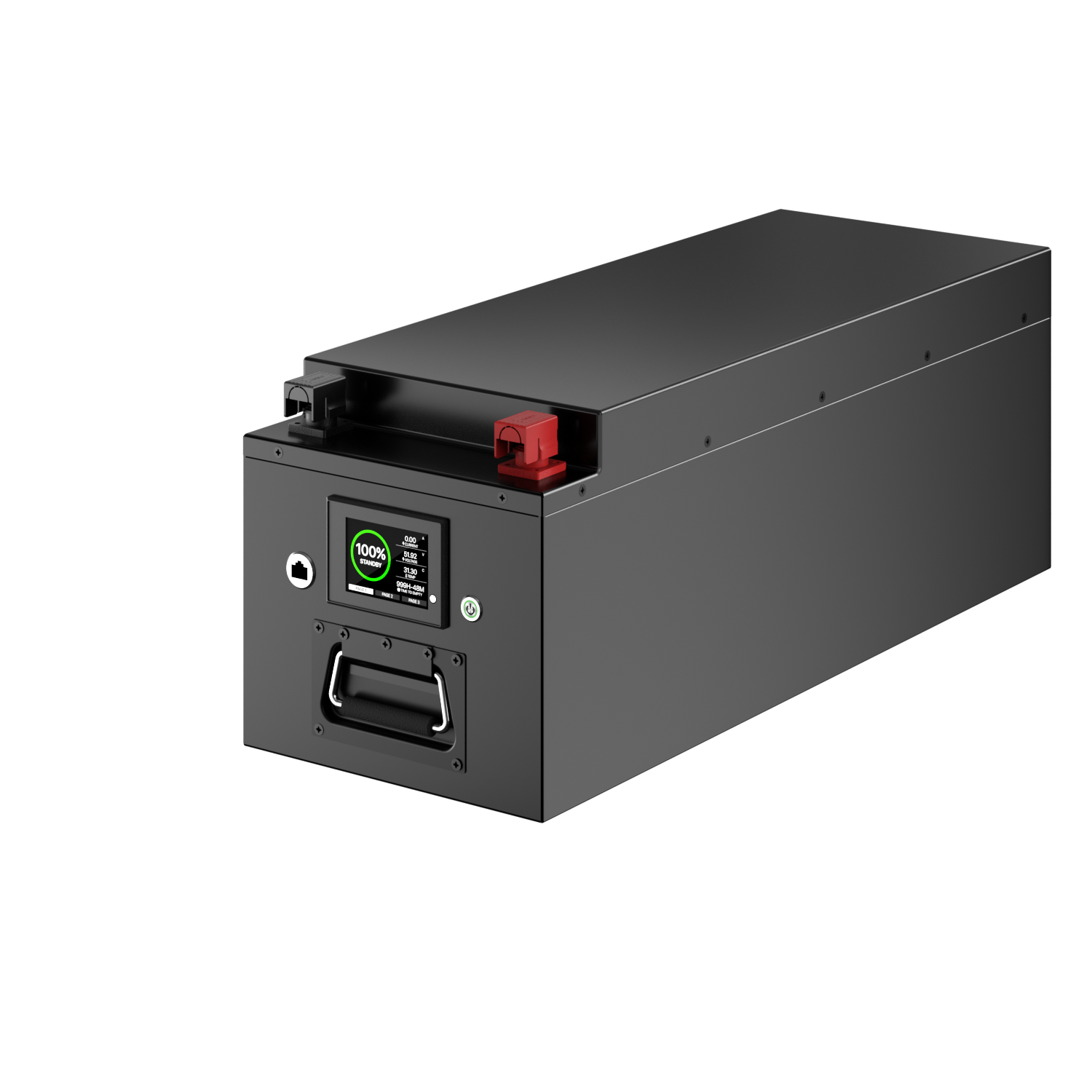
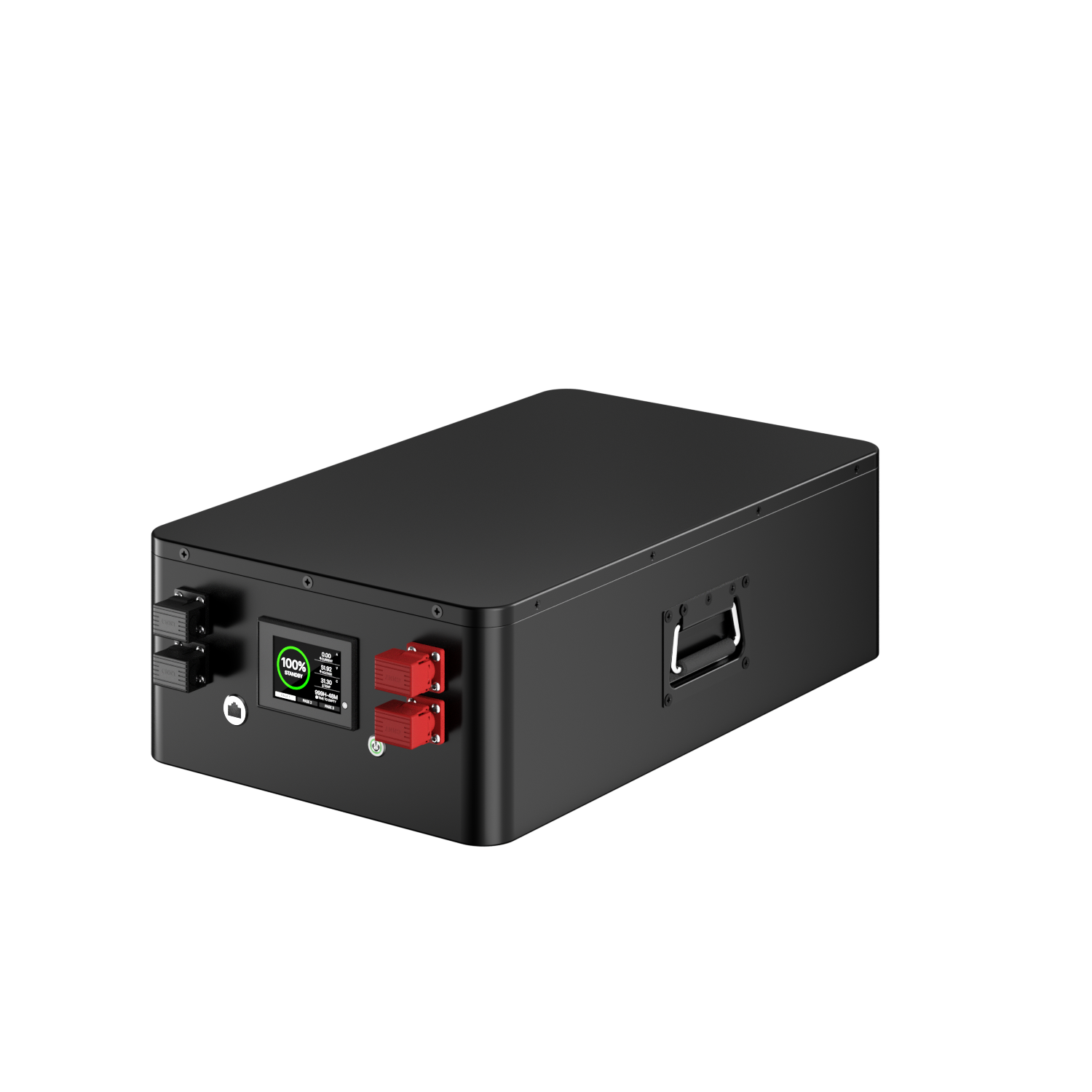

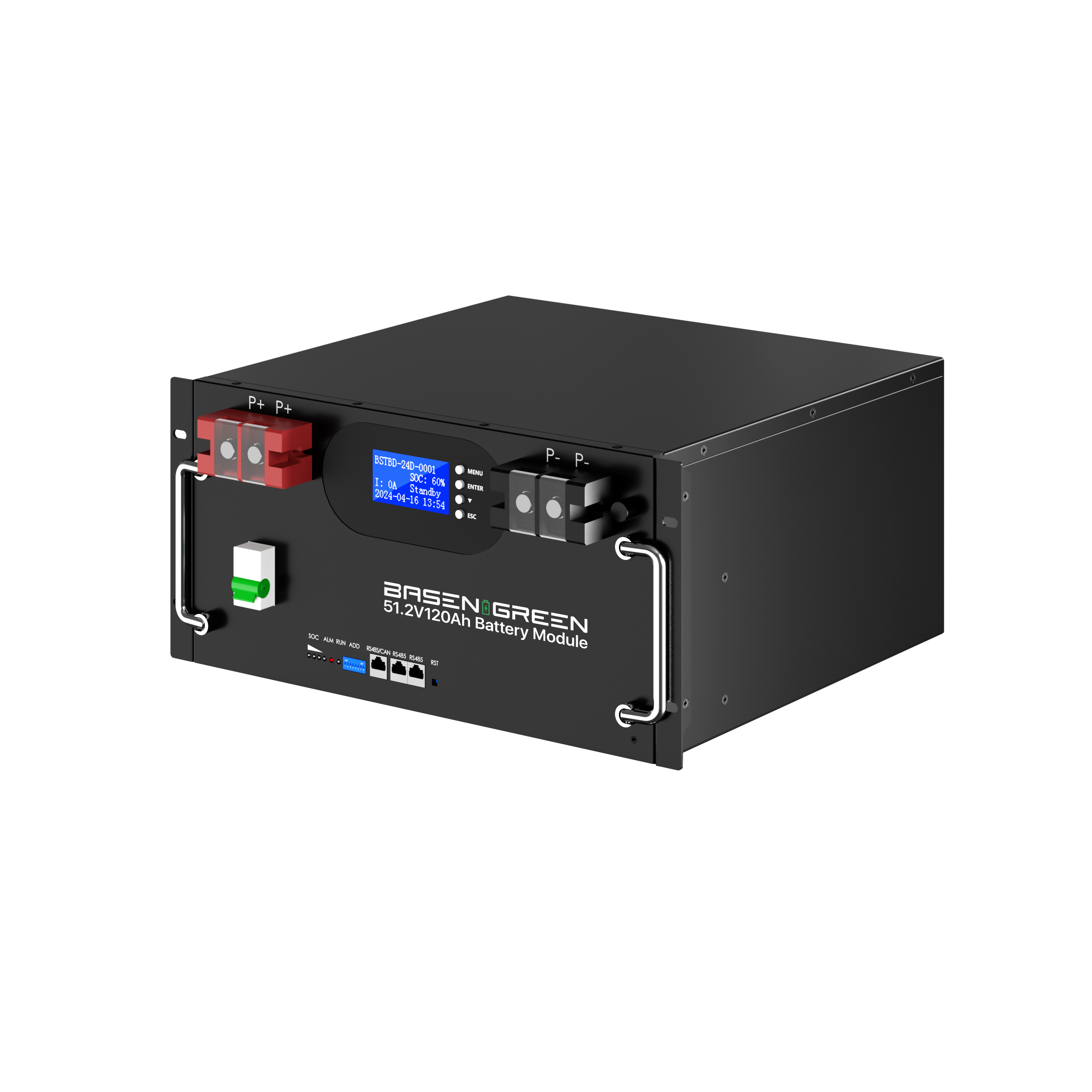

 Tel
Tel
 Email
Email
 Address
Address